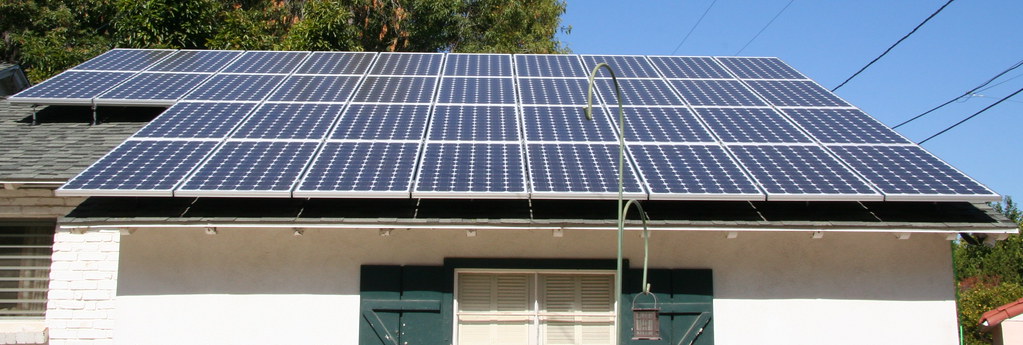
Solar Leasing – Guide to the UCC-1 Lien
Despite the dramatic decrease in the price of solar panels over the years, the investment is still a heavy one at around $10k for the purchase and installation of the system. In years gone by, this would mean a shake of the head and a switch of attention. Now, we have a number of financing solutions to make it more affordable for homeowners to equip their homes with solar right now.
What do we mean? Well, if we look at PPAs (Power Purchase Agreements) as an example, homeowners can take advantage of a solar system without actually going all in and owning it. While traditional leasing agreements require the consumer to pay a specified dollar amount each month, PPAs have third-party owners (TPOs) that charge the homeowner per kWh.

UCC-1 Lien or Fixture Filing
In case you’ve never heard the term previously, a ‘lien’ protects the lender for a piece of property (against issues with the borrower). If the borrower can no longer afford the agreement, this puts the lender into trouble and this is why a UCC-1 financing statement will always be filed in PPAs and solar leasing agreements.
UCC-1 Fixture Filing – There’s much confusion regarding UCC-1 because some will refer to it as a ‘lien’, yet it’s also known as a ‘fixture filing’. Under the UCC section 9-102, the term ‘fixtures’ can be defined as any goods that, under real property law, would be considered an item of interest and have a physical connection to the property. With this in mind, a solar energy system, under real property law, would fall into this category as solar panels are typically mounted to the roof of the home.
Although the solar panel system will be attached to a particular home, the UCC-1 financing statement will show the true owners – it’ll show that the homeowner is simply leasing the solar system through a PPA or from a TPO. If the homeowner defaults on payments elsewhere, other debtors CANNOT claim the physical components of the solar property because the statement shows that the system isn’t owned by the homeowner and makes it exempt from claims.
Example – For the lenders of such systems, they tend to be worried most about home foreclosures. If this were to occur, the bank could not claim the solar system as part of the rest of the property thanks to the UCC-1 fixture filing.
UCC-1 v PACE Financing
To clear a few misconceptions, a UCC-1 is not a lien over your whole home. For those looking to refinance their solar system, this is possible after removing the UCC-1 lien. From here, you can refinance the system and put the lien back on. Also, the UCC-1 fixture filing won’t stop you from taking on a PPA or solar lease.
Compared to the many PACE financing programs, such as the HERO program, PPAs and solar leases are a much easier solution for homeowners. With the HERO program, they require a full property lien rather than just the solar panel system. Before you go ahead with a PACE financing program, we urge you to consider UCC-1 liens for a PPA because it’s not only easier but also more convenient for you, the homeowner.
Conclusion
All things considered, UCC-1 filing is a breath of fresh air compared to standard liens. When leasing a solar system, don’t panic if you see the word ‘lien’ on the documentation you are asked to sign. Ultimately, it exists to protect the lender against the borrower defaulting on the mortgage payment (or foreclosure, as mentioned previously).
Now that you’re aware of what UCC-1 filing means and how it doesn’t place a claim on your whole home, you can move forward with confidence and begin your search for an affordable, efficient, solar energy system for your home. Concerns over financing a solar system shouldn’t prevent you from saving money on utilities today. As we continue to educate the community about solar systems, and lending options, we hope more of our readers will benefit from this information and take action. Feel free to share this guide with others too; let’s put an end to the common misconceptions and improve understanding on UCC-1 liens.
